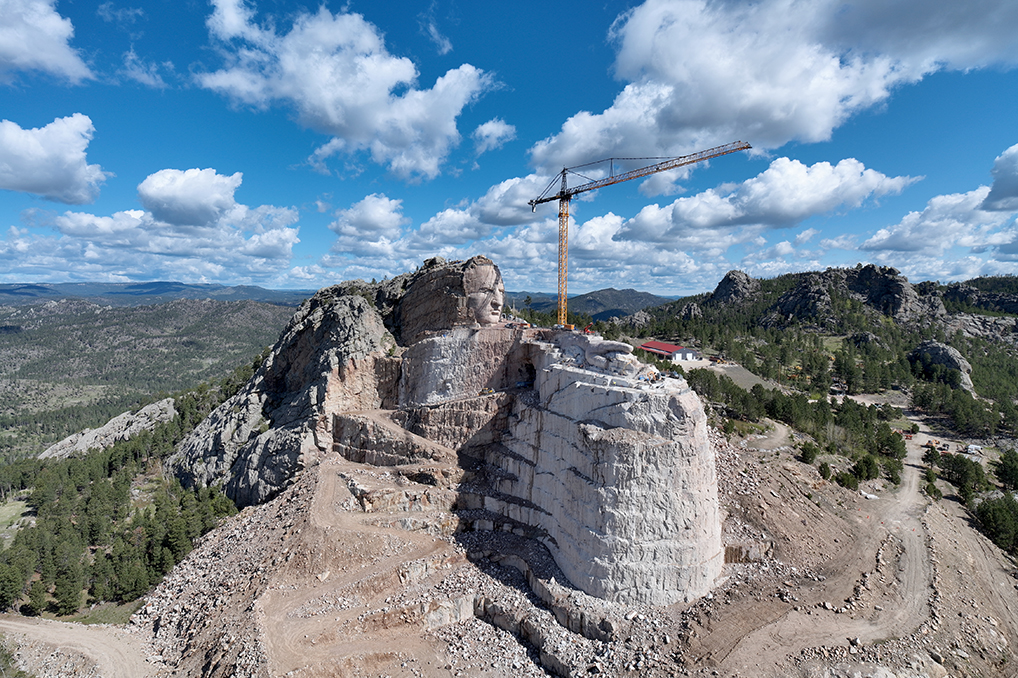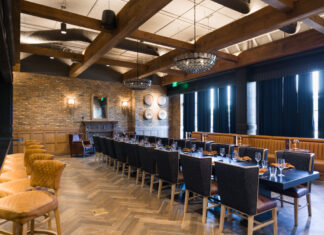“Chief Henry Standing Bear lived in a time when there was uncertainty for the future, education, and of Native American culture in our country,” said Crazy Horse Memorial® chief executive officer Whitney A. Rencountre, II, Hon. D.P.S. “He wanted to do something to showcase and highlight the beauty of our culture into the future.”
As travelers from around the world visited the Black Hills, Chief Henry Standing Bear wanted an opportunity for visitors to understand more about Native American people, Recountre adds.
Crazy Horse, or Tasunke Witco, was a historic hero who led the victory in The Battle of Little Bighorn in 1876, and was also Chief Henry Standing Bear’s first cousin. Chief Henry Standing Bear wanted to commemorate his cousin and create a space where people could come to learn and be inspired.
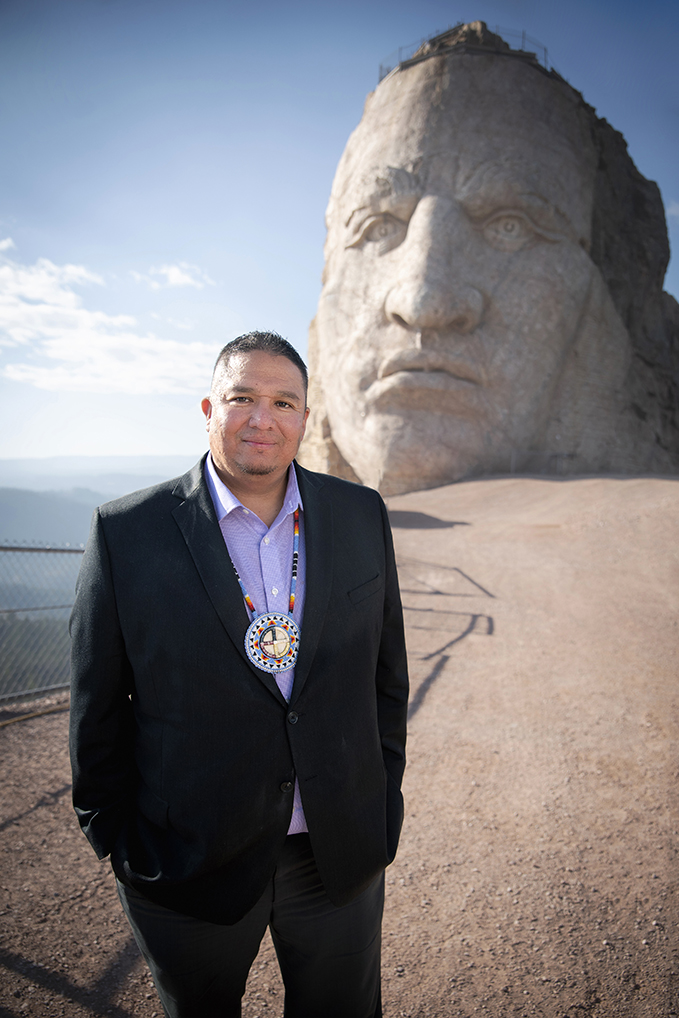
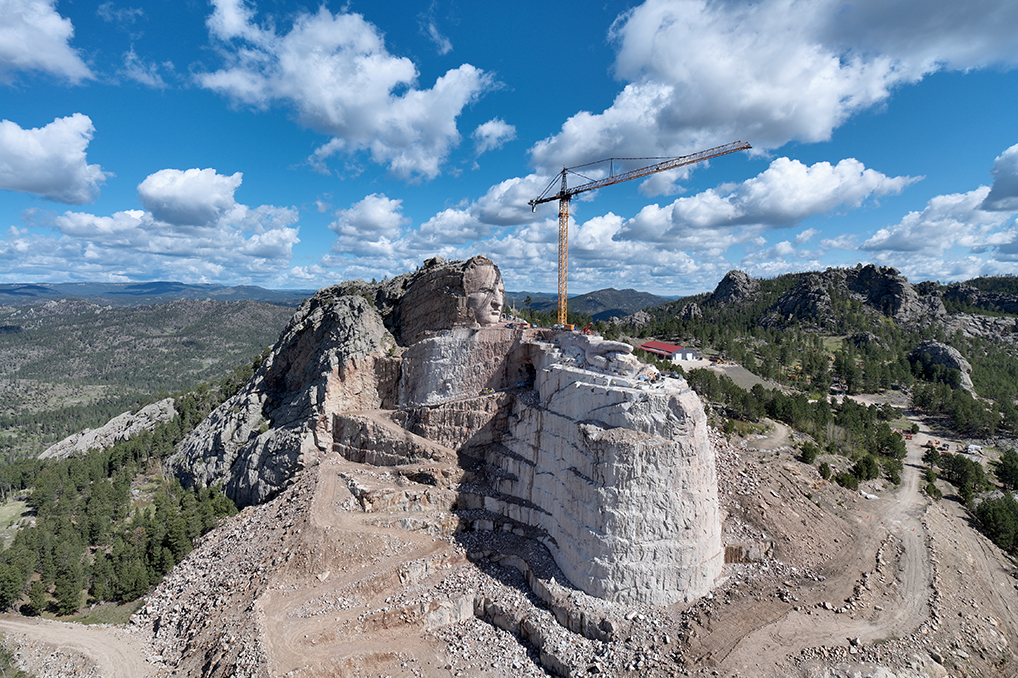
Photos ®Crazy Horse Memorial
The Beginning of a Legacy
Crazy Horse or Tasunke Witco, member of the Oglala Lakota, was born 40 miles northeast of Thunderhead Mountain, now Crazy Horse Mountain, in 1840.
The vision for Crazy Horse Memorial®, located in Custer, was then supported by Ruth and Korczak Ziolkowski, who both helped bring the Mountain Carving to life.
November is Native American Heritage Month, and Rencountre says it provides an opportunity for appreciation while inspiring knowledge in a grounded, unified reality.
“We do better when we know better,” said Recountre.
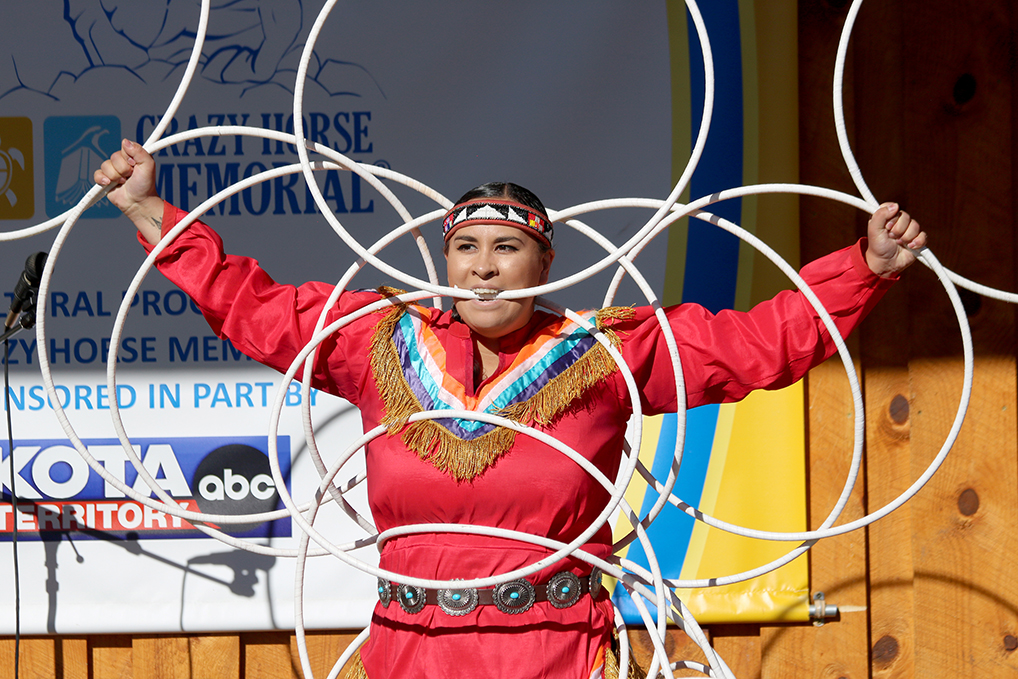
Photo ®Crazy Horse Memorial
NOVEMBER:
Native American Heritage Month
In 1990, George H. W. Bush “authorized and requested to call upon Federal, State, and local Governments, groups, organizations, and the people of the United States to observe such a month with appropriate programs, ceremonies, and activities.”
“For myself, education is a key component in helping to disable some of the things that keep us divided and unknowing,” continued Recountre. “I believe when we learn about other cultures and learn about one another once again, we have a better appreciation.”
For 11 years, he ran the Ateyapi Program, a nonprofit for at-risk Native American youth in Rapid City, helping him not only understand and learn about some of the challenges currently present in communities, but to help lead sustaining solutions like accessible education.
His leadership spanned across multiple boards of directors, some of which including Visit Rapid City and the South Dakota Humanities Council.
Recountre grew into his current position as his involvement with the Crazy Horse Memorial® expanded. He was asked to kick off the Run Crazy Horse Marathon with a drumbeat instead of the usual gunshot. From there, he continued to lead speeches and presentations for guests.
He was eventually offered the position of associate director of Crazy Horse Memorial University®. He then became the chief executive officer of the Memorial three years ago.
“We’ve had over 500 students come through our University now,” said Recountre. “A lot of them are first generation college students, so we provide a team of support to mentor and coach them so after they leave our program, they’ll be successful in finishing their degrees at their home institutions.”
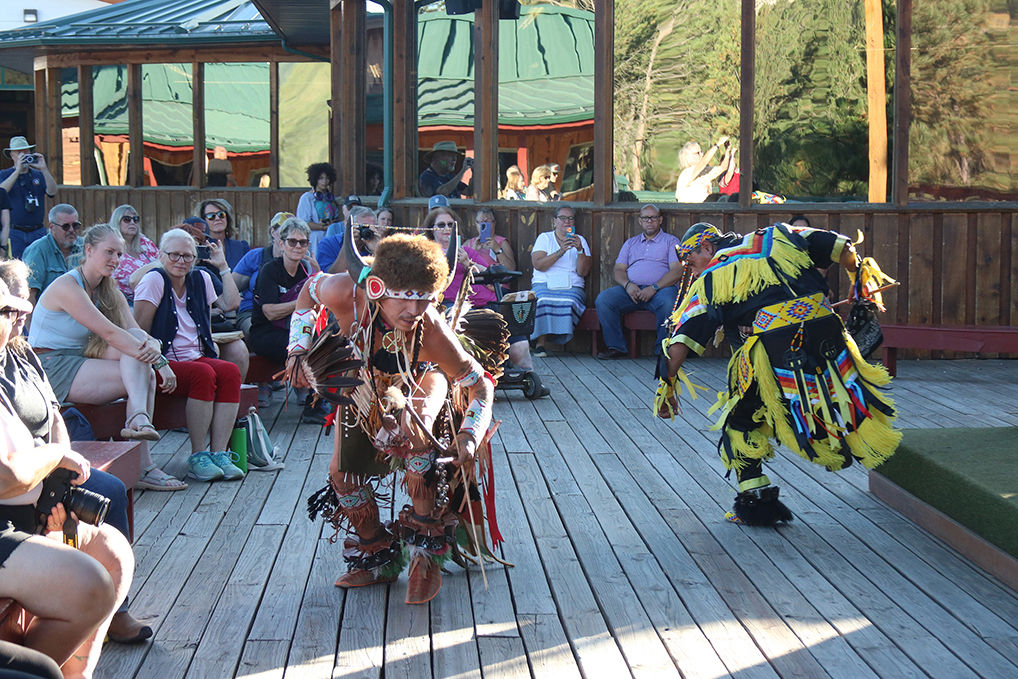
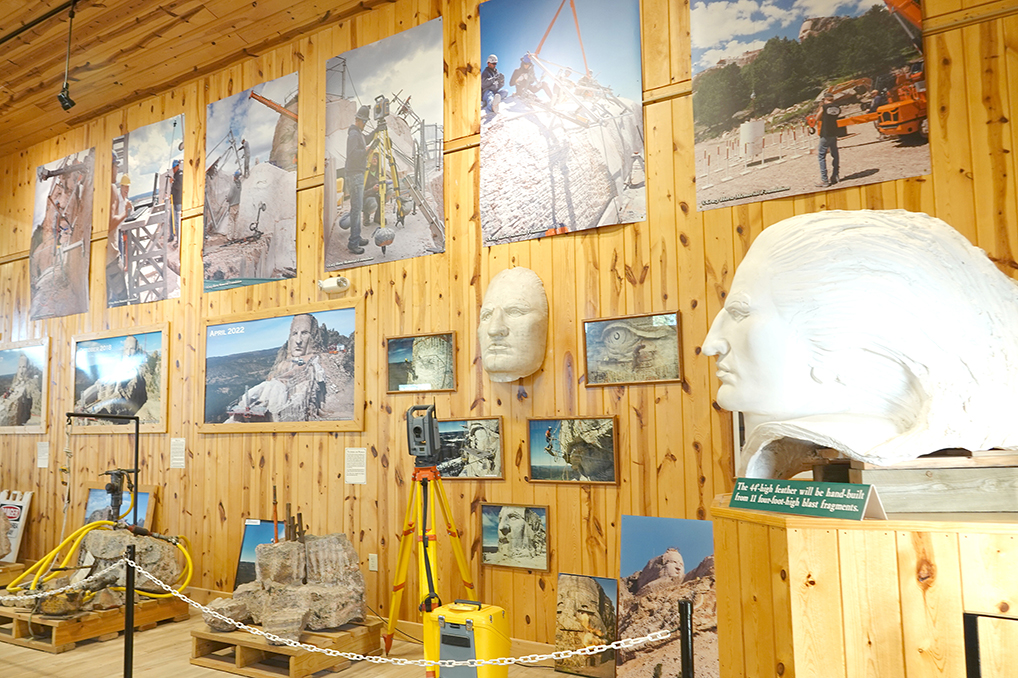
Photos ®Crazy Horse Memorial
“There’s motivation to learn, and that’s why I
say we do better when we know better, because
when we have all the facts, when we have the
experience, that’s when we can improve how
we treat other people.”
–Whitney A. Rencountre, II
Carving the Mountain
ON AVERAGE, ONE CUT IS MADE PER DAY, CURRENTLY CONCENTRATED ON CRAZY HORSE’S UPPER ARM.

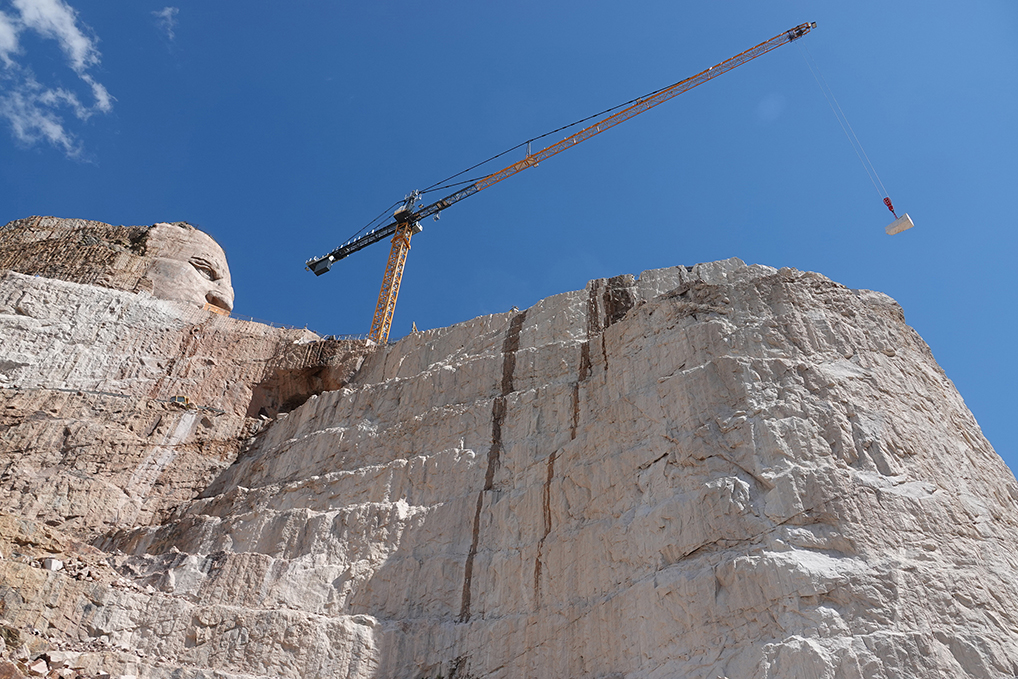
Photos ®Crazy Horse Memorial
Each summer, 32 Native students are welcomed from around the nation for a spring semester focusing on the new Indigenous Health Program. Programming for students is projected to continue growing, Recountre says.
Students can receive transferable credits from Black Hills State University to any accredited college or university, and are able to participate in a paid internship working at the Welcome Center or the Museum.
“I’ve learned about other cultures and why people do things,” said Recountre. “It’s opened up a better appreciation for myself, and I’ve seen that from people around me.”
“I hope into the future we continue to evolve,
continue to grow and build upon the great
foundation we have already.”
– Whitney A. Rencountre, II
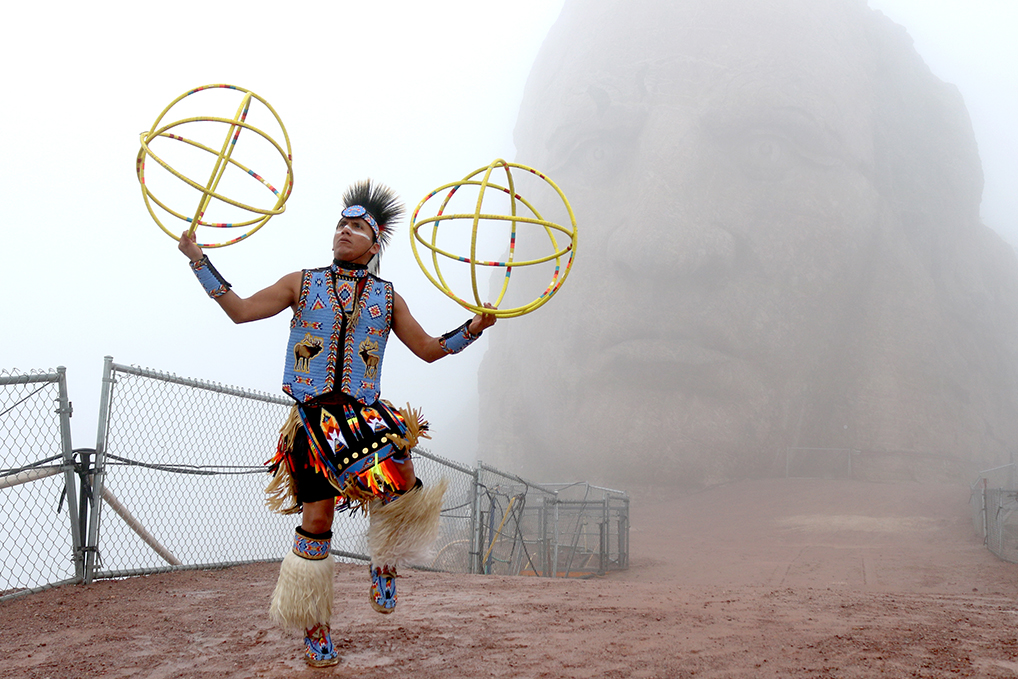
Photo ®Crazy Horse Memorial
A Feat of Engineering
CRAZY HORSE’S FACE: 87 FEET, 6 INCHES
OPENING UNDER ARM: 70 FEET WIDE
OUTSTRETCHED ARM: 263 FEET
FINGER: 29 FEET, 6 INCHES
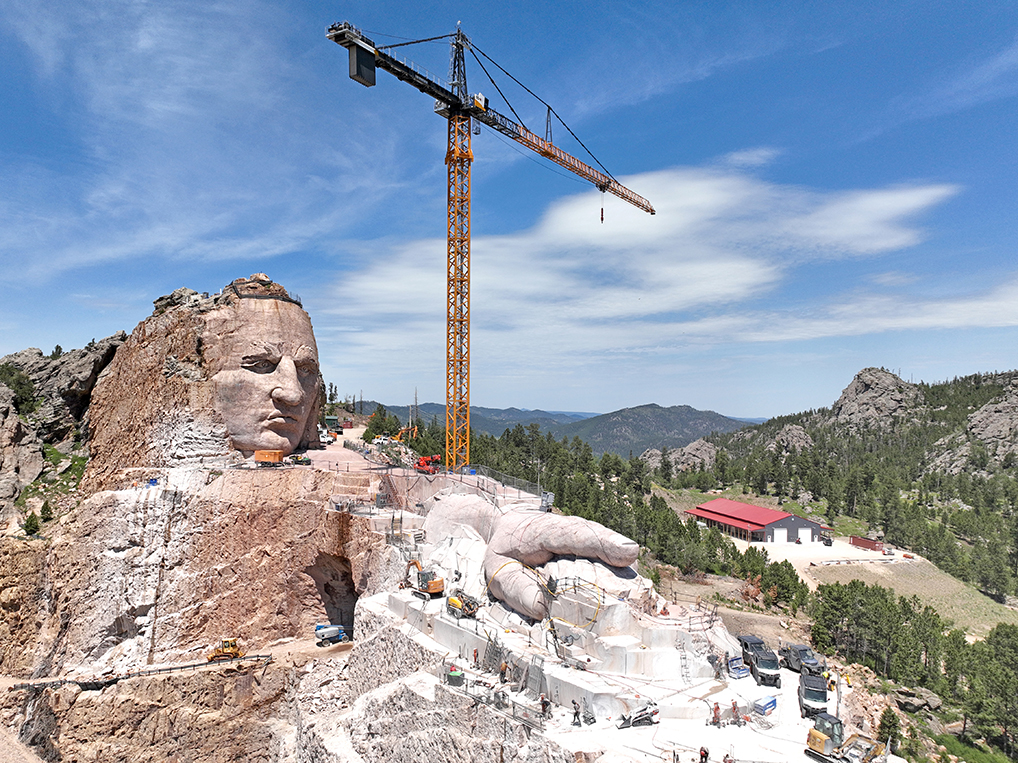
Photo ®Crazy Horse Memorial
The Museums, including The Native American Educational & Cultural Center®, the Mountain Carving Gallery, and the Ziolkowski Family Life Collection, have over 14,000 artifacts total.
“We also have a robust cultural programming where we showcase artists in residence,” added Recounter. “We showcase singers, dancers, and storytellers, culture and language bearers, and other opportunities to highlight,” added Recountre.
The mission of Crazy Horse Memorial® is to protect and preserve the cultures, traditions, and living heritage of the North American Indians.
THE IMPACT OF
Protection and Preservation
It was against the law to practice Native American culture until August 1978, when the American Indian religious freedoms Act was passed.
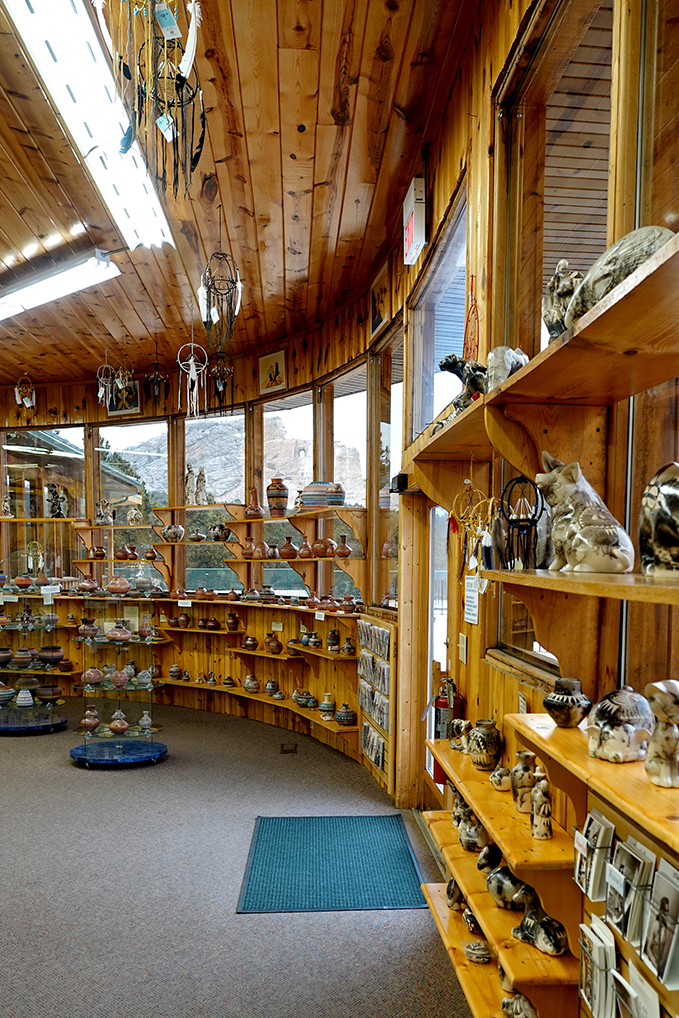
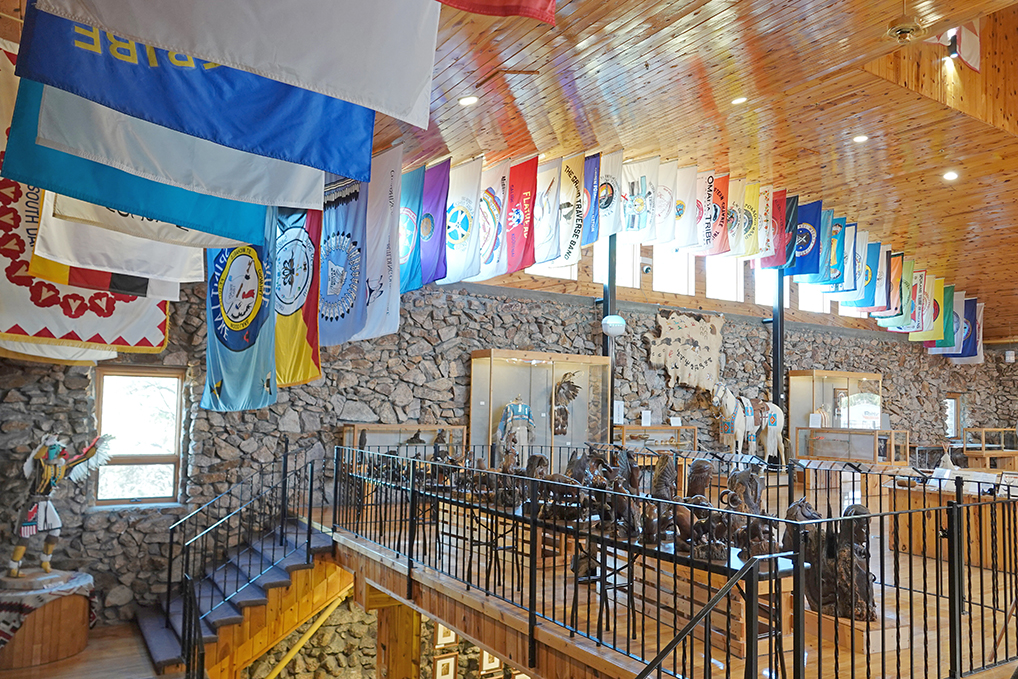
Photos ®Crazy Horse Memorial
“We’re mission driven, we’re funded by private donations, and that really allows us to leave a lasting legacy, to showcase Crazy Horse, the hero amongst Native American people, and to tell his story and how he saved the lives of many women and children,” elaborated Recountre.
Recountre aims to unite while facilitating opportunities for people to learn about one another and disable any misinformation or negativity.
“The legacy we will leave and continue to leave will inspire and elevate people, help them understand, and showcase Native American culture in a beautiful light and place amongst our history in our country,” added Recountre.
“We treat every donor the same, whether they
give $1 or thousands of dollars.”
– Whitney A. Rencountre, II
For More Information, Visit CRAZYHORSEMEMORIAL.ORG+


